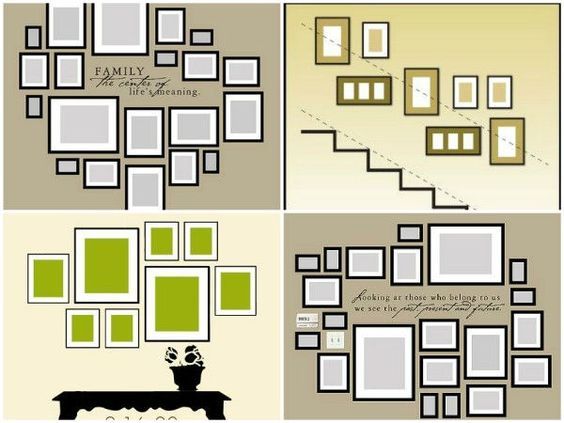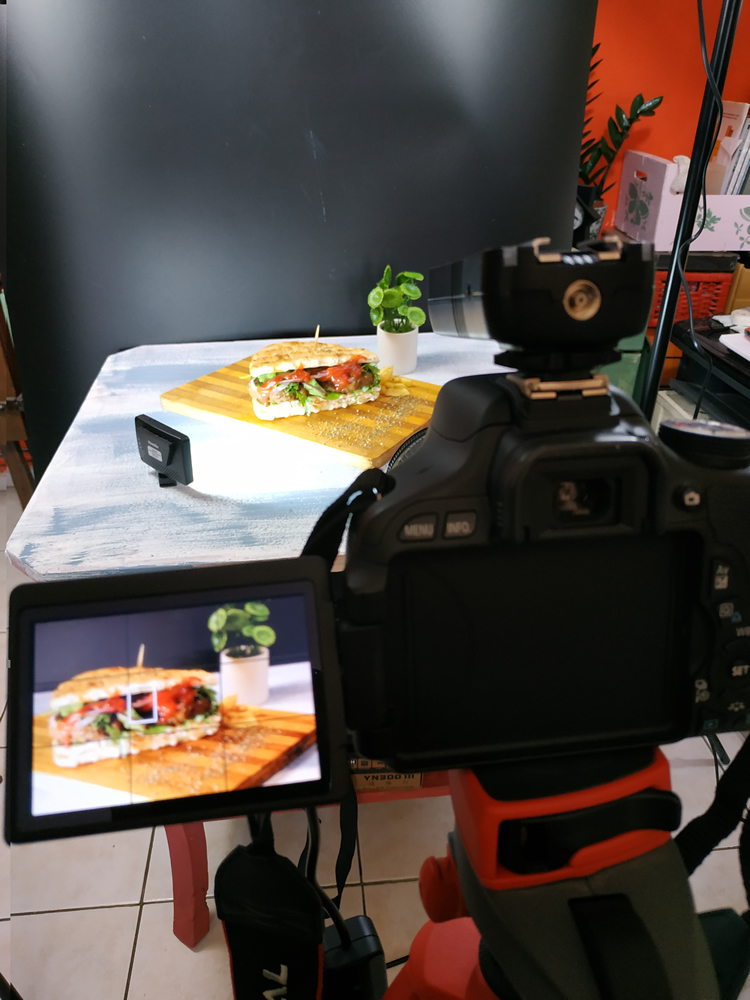#IORESTOACASA Ecco alcuni consigli per chi ama la fotografia … ma non puo’ go out! #IORESTOACASA… ma cio’ non significa che non dobbiamo fare niente o che dobbiamo buttarci su un divano a guardare la tv o a guardare i social in continuazione. Non vuol dire neanche farci prendere dalla malinconia ricordandoci di quando potevamo passeggiare e scattare fotografie nella nostra citta’ o fuori porta!
#IORESTACASA puo’ essere un’occasione, per noi che amiamo la fotografia, di fare diverse cose.
Ecco qui di seguito alcune idee:
- Sicuramente hai delle fotografie stampate che col tempo possono sbiadirsi. If you have a scanner begins to scan them. This will make a selection of the most beautiful photographs. Digitalizzate le puoi migliorare con un programma (per esempio Photoshop).
- Organize the best Your archive of digital photographs (the same goes for videos). Surely you of camera shake or not particularly beautiful. Open a folder and enter only the photos that are really worth. The rest ... cestinale. This way you do in your hard disk space. Each folder you open will have 'a keyword that will help' in the future to easily find the photo you are looking for. For example, you will have a 'name' holiday in South Tyrol folder ", another "Birthday 2019" etc..
- We can also think about change the design of our house! We can print our photos and decorate a wall with pictures of our house.

Continuiamo con i consigli per chi ama la fotografia ma non puo’ go out!
4. Guarda on line mostre fotografiche as an example: https://www.ilmuseodellouvre.com/contenuti/mostre-online/ https://artslife.com/2020/03/13/collezioni-online-tour-virtuali-dieci-musei-da-visitare-senza-uscire-di-casa/
5. Leggi libri o riviste di fotografia to improve yourself. Ora hai tempo per farlo! Guarda la sezione cultura fotografica per vedere alcuni libri interessanti.
6. Inoltre vi sono diversi tutorial su Youtube molto interessanti sulla tecnica della fotografia e sulla post production.
Capisco che chi ama la fotografia senta il bisogno di fotografare!!!
E allora fotografa stando in casa! Cosa? Come? Ecco alcuni suggerimenti:
- Fotografa oggetti come per esempio bicchieri, posate, libri, frutta… usa la fantasia e prova quello che definiamo “still life”. Vedrai che con un po’ di fantasia nella composizione, con gli oggetti che hai in casa e con la giusta illuminazione usciranno fuori delle foto bellissime!

- Fotografa cio’ che cucini! Con un impiattamento particolare e con la giusta luce farai delle belle foto che potrai poi metterle in cornice in cucina!

Ti piace l’idea dello still life?
Ecco qui di seguito alcuni suggerimenti.
L’attrezzatura fondamentale per una fotografia still life:
- Un fondale adatto ( se non hai un fondale professionale puoi arrangiarti anche con le lenzuola).
- La luce. Meglio quella naturale, ma se non e’ sufficiente puoi avere una luce led (luce continua) o un softbox per luce piu’ diffusa. Il flash lo sconsiglio tranne per alcune foto.
- Una macchina reflex digitale o una buona mirrorless
- Obiettivo 35mm-50mm puo’andar bene.
- Un cavalletto
- Un tavolo da lavoro sui cui posizionare l’oggetto o gli oggetti della tua composizione.
In questo tipo di fotografia e’ importantissimo la gestione della luce e delle ombre. Se usi una reflex, ti consiglio di attivare il live view sullo schermo in modo che hai piu controllo sulla composizione e sulle luci.
In casa puoi allestire il tuo piccolo set fotografico.
Comincia col predisporre il tavolo e il fondale. Then place the lights. Positional so that highlight what 'you want to express through photography.
If you work in manual, do various tests. In general, the ISO should be 100 The 200 for get better quality 'image. Regarding the diaphragm you have to do different tests. It also depends if you want to see the bottom or you want it out of focus. Typically it blurs the bottom when it is due 'Hide' why 'is not' nice, or when you want to highlight what ' and 'in the foreground. Per avere il fondo sfocato la profondita’ di campo deve essere ridotta. L’apertura del diaframma puo’ essere pari a f8 o f11.
Se non vuoi lavorare in Manuale (M) puoi lavorare su “Av” (se hai una Canon altrimenti A se hai una Nikon) cioe’ sulla modalita’ di scatto a priorita’ di diaframma.
Ti consiglio di dare un’occhiata a questo article per vedere la differenza e le caratteristiche delle diciture Canon e Nikon.
Posizione della macchina fotografica: dipende dai gusti. You can place your camera at the same level of the composition to give a sense of tridimenzionalita ', or you can put some in 3/4 the object.  Finally you can take a picture from above. This way you will not have underlying problems.
Finally you can take a picture from above. This way you will not have underlying problems.
If you desire to learn this technique and you want to set up most of your photo shoot, over the table (not very tall), you can’ serve the following equipment:
We see at a glance what they are and what they do.
- SOFTBOX continuous light can control the shape, the direction of light, rendendola soffice ed omogenea limitandone anche la dispersione.
- PANNELLO LED Luce continua da’ una luce neutra, non si surriscaldano e hanno un basso consumo energetico.
- PANNELLI DIFFUSORI Un diffusore fotografico non è altro che una superficie semi trasparente attraverso il quale facciamo passare la luce, che viene di conseguenza alterata nelle sue proprietà fondamentali.
- FLASH TTL Mentre nel flash automatico un sensore presente nel flash calcola quanta luce è necessaria per usare il diaframma usato dal fotografo per fotografare alla distanza standard (quella definita dal numero guida), nel Flash TTL il sensore è parte della macchina fotografica e non più del flash.
- I FONDALI Lo sfondo e’ importante nella fotografia, soprattutto nella fotografia still life e del food. In commercio ve ne sono diversi e c’e’ anche una tecnica di post produzione in cui puoi mettere uno sfondo preciso… but this’ another story, e’ another article. The background is of decisive importance in the photographic composition , as able to accentuate the separation of the first plane with respect to the rear part, effect you get by adjusting the depth of field.
- THE MINISTUDIO the mini-studio and’ Foldable and portable. E’ comodo.In is typically used when taking products, we could say that and’ an aseptic environment, neutral. Do not recommend it for photographing still life. But’ it is not’ bad as first approach.
Allora spero ti abbia dato qualche dritta! Se vuoi puoi contattarmi sia per consigli che per inviare le tue foto per fartele pubblicare nel mio blog.
Intanto se vuoi approfondire lo still life ti consiglio di leggere il mio article dedicato proprio alla tecnica dello still life
Seguimi sui social…
Alla prossima…
